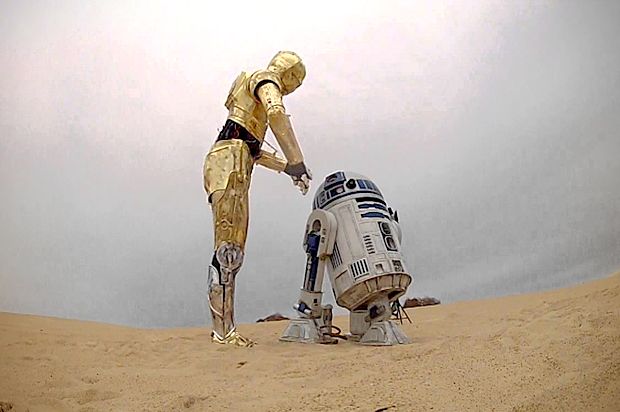Dec 10, 2014
Here comes the future: We’re making robots that feel!
Posted by Seb in category: robotics/AI
Excerpted from “The Human Age: The World Shaped by Us” by Diane Ackerman — Salon.com

Hod Lipson is the only man I know whose first name means “splendor” in Hebrew and a V-shaped wooden trough for carrying bricks over one shoulder in English. The paradox suits him physically and mentally. He looks strong and solid enough to carry a hod full of bricks, but he would be the first to suggest that the bricks might not resemble any you’ve ever known. They might even saunter, reinvent themselves, refuse to be stacked, devise their own mortar, fight back, explore, breed more of their kind, and boast a nimble curiosity about the world. Splendor can be bricklike, if graced by complexity.
His lab building at Cornell University is home to many a skunk-works project in computer sciences or engineering, including some of DARPA’s famous design competitions (agile robots to clean up toxic disasters, superhero exoskeletons for soldiers, etc.). Nearby, two futuristic DARPA Challenge cars have been left like play-worn toys a few steps from a display case of antique engineering marvels and an elevator that’s old and slow as a butter churn.















